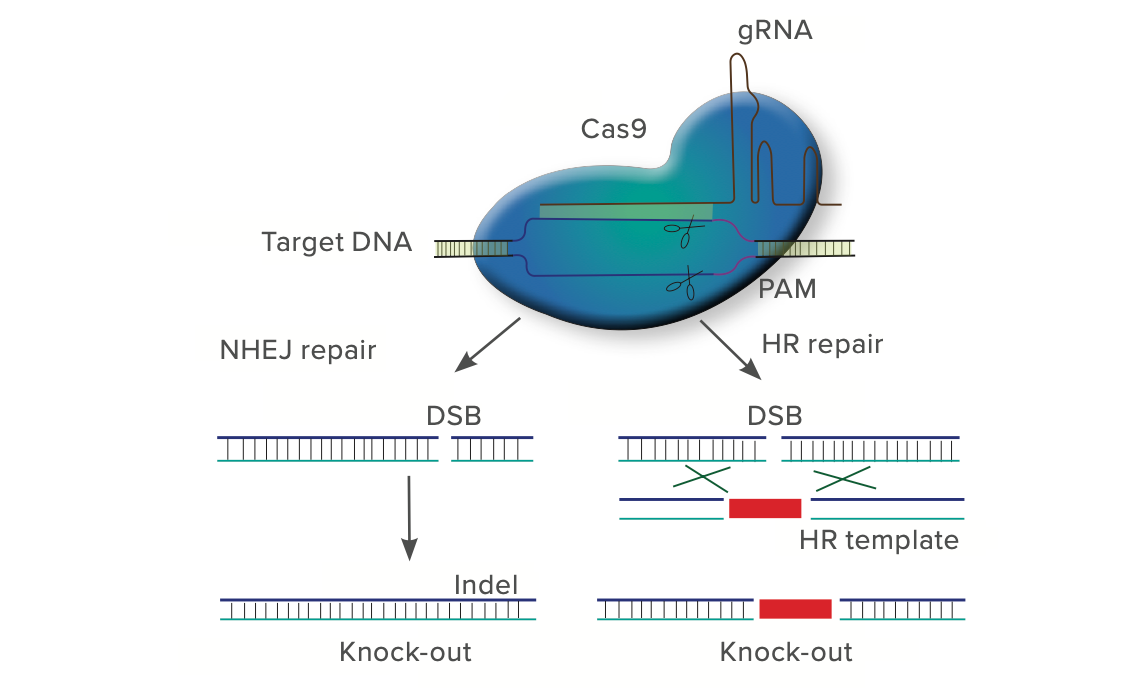Cas9-HA mRNA-LNP
Cas9 (CRISPR-associated protein 9) is a 160 kD protein that plays an important role in some bacteria to defend against DNA viruses and plasmids, and is heavily used in genetic engineering applications as known as “CRISPR-Cas9 genome editing”. Cas9 has a two-lobed structure, with the guide RNA positioned between the alpha-helical lobe and the nuclease lobe. The two lobes are helically connected by a single bridge. There are two nuclease domains in the multidomain nuclease lobe, the RuvC that cleaves the non-target DNA strand and the HNH nuclease domain that cleaves the target strand of DNA. CRISPR/Cas9 gene editing enables scientists to edit genomic DNA sequences, adding, deleting or altering them. This product is designed as a tool for the delivery and expression of HA-tagged CAS9 mRNA for research. The product leverages the lipid nanoparticle (LNP) technology platform for simple and efficient delivery of HA-tagged CAS9 mRNA to a variety of mammalian cells in vitro and in vivo. The LNPs used are formulated with SM-102, DSPC, cholesterol and DMG-PEG2000 at an optimal molar concentration for a high rate of encapsulation and efficient mRNA delivery. The sequence of the CAR9-HA protein consists of CAR9 containing 1368 amino acids and a C-terminal HA tag (YPYDVPDYA), and the GenPept accession number for CAR9 is WP_038431314.



